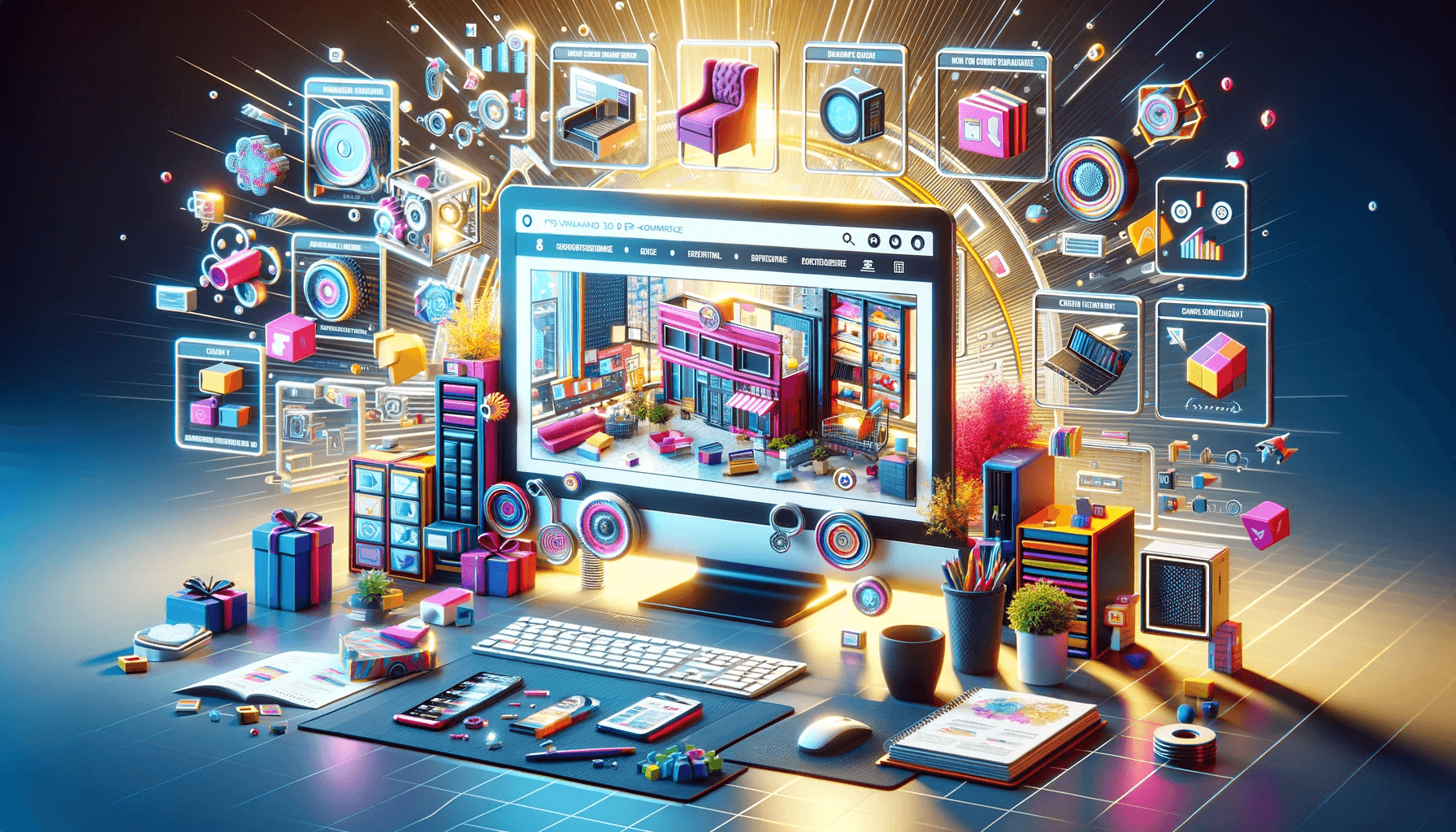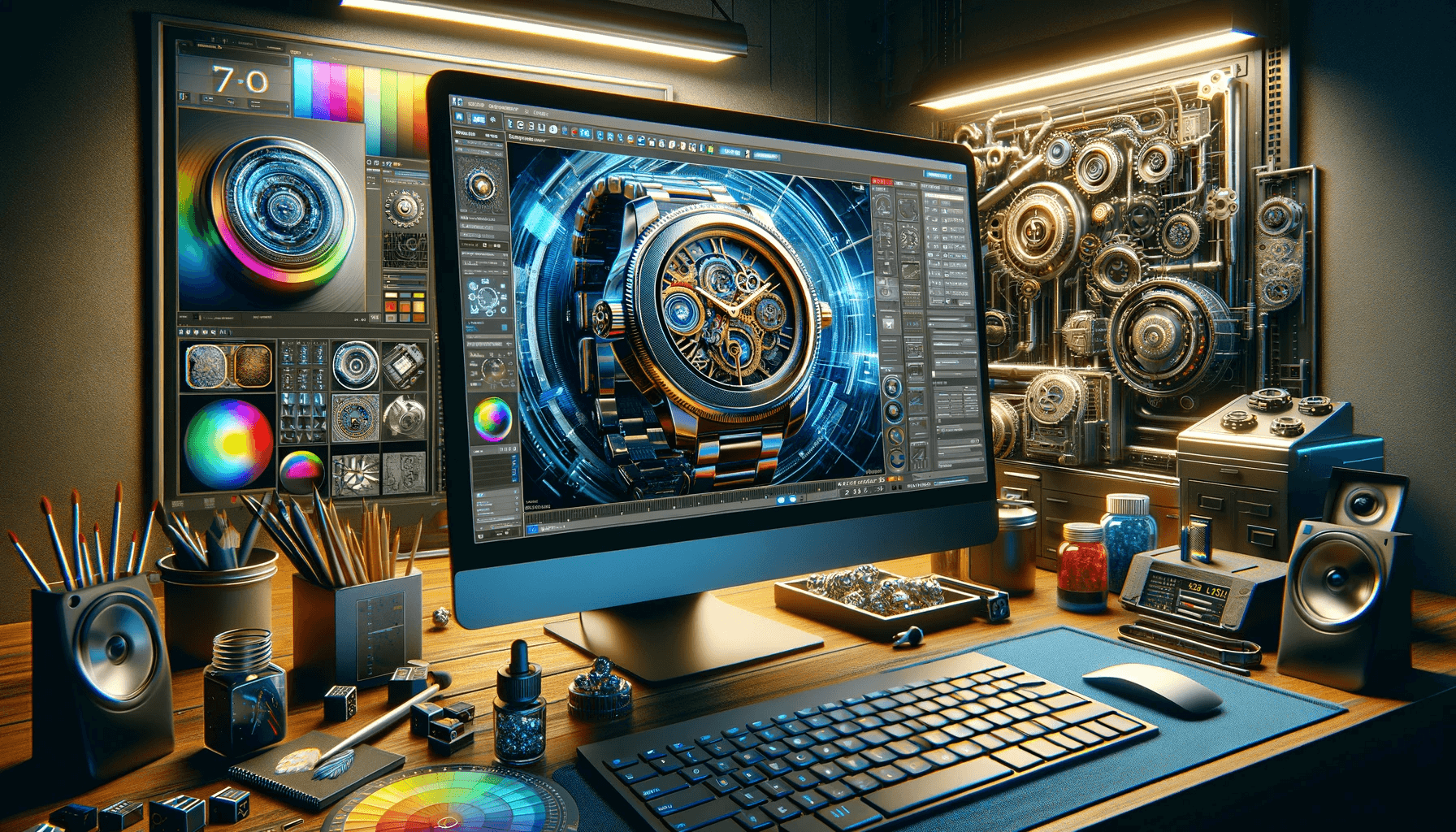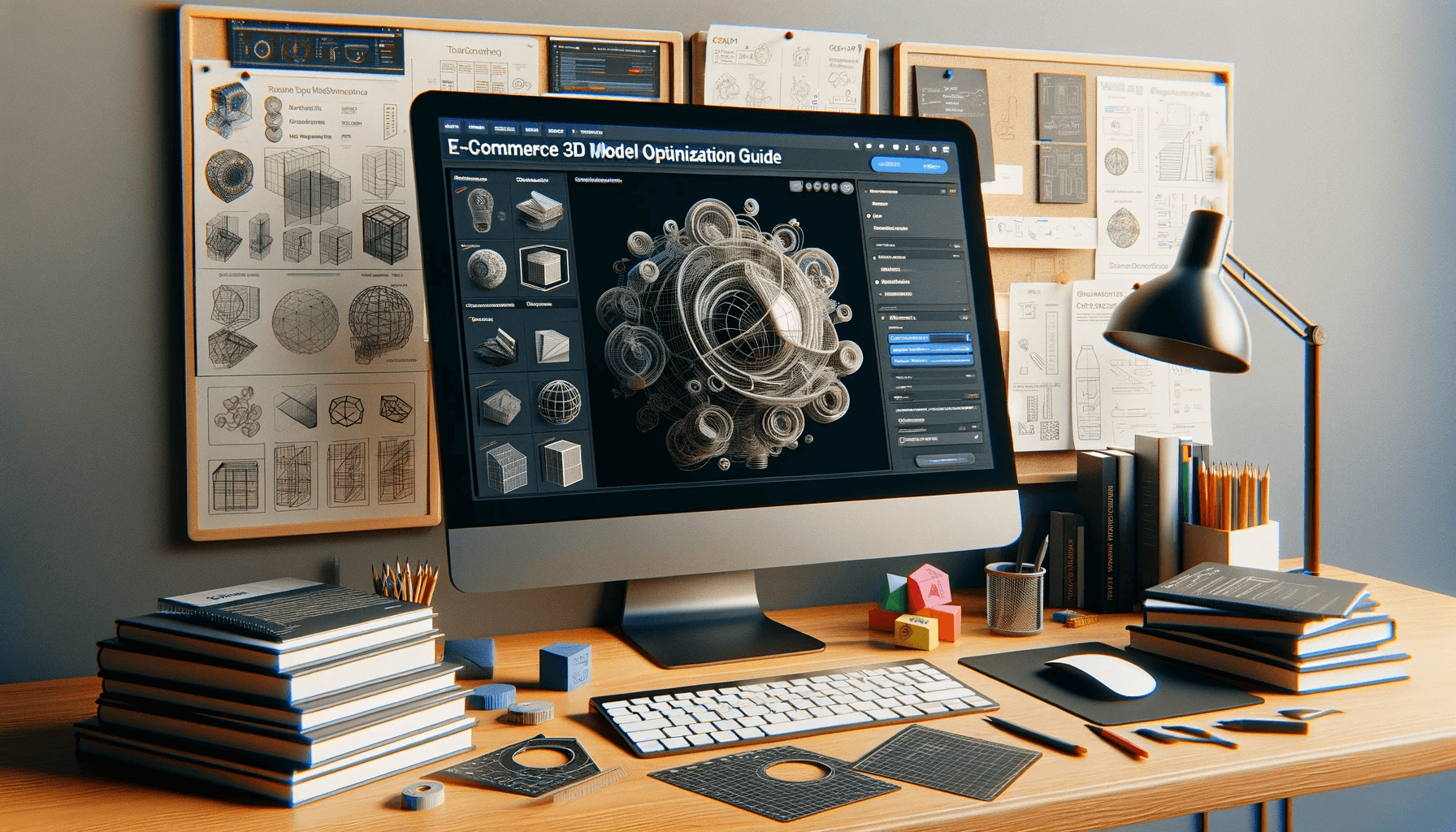8 tips for utilizing 3D models in e-commerce
Race cars, coffee machines, energy drinks, dining chairs, camping cookware, hockey sticks, diamond rings, and even Hot Wheels toy cars. You can find them in your Shopify store, and now with the latest advances in file standards and web rendering, you can see these exact products as 3D models on your laptop screen. What's more, with iPhone and Android augmented reality, you can see them in your own home.
1. The future of e-commerce is 3D
How can this be? Featuring 3D models of real world products. These assets are authentic representations of the real thing, and manufacturers, retailers, and even direct sellers are investing in them because they dramatically improve visuals, which in turn drive sales.
Imagine your store has 3D assets while your competitors only have photos. Your customers can just turn on their phone camera and see your product from every angle in optimal lighting and AR. It’s a magical experience when your product appears out of thin air in a customer’s living room or on their desk in their home office. These assets are realistic in size, color, and shape, and now that AR is available on every modern smartphone, these models are more accessible than ever.
In addition to incredible visuals, 3D models allow your customers to examine your products in detail, significantly increasing purchasing confidence and reducing return rates. In 2023, adopting 3D is the most effective visual strategy to bring advantage to your online business.
With 3D and AR enabled models, your online store will rank higher in search engines and your models may even appear on the first page of search results.
As search engines focus on augmented reality, they are actively crawling the web for models.
This translates into better SEO when search engine crawlers find a website or store hosting model.
2. You just need to prepare photos
To order a model, find a modeling expert and prepare a photo or video of the product, or just a link to the product page. You probably already have at least 4-5 high-quality photos of your product under bright lighting, with dimensions (length, width, height) posted on the product page. These are the reference materials that 3D experts need to model your product.
Why size? Therefore, the final 3D model is true to scale and can reach sub-millimeter accuracy. To recap, that’s:
- At a minimum: Take photos of your products from multiple angles under bright lighting.
- Optional: A video demonstrating the product.
- Best example: Links to product pages that already have photos and measurements
3. Use photogrammetry with caution
Photogrammetry is an automated process where software calculates measurements and builds a 3D model from a series of photos. However, generating models through photogrammetry is a roll of the dice on quality.
It often requires taking hundreds of photos from different angles of the product, and the end result often looks wonky. It’s notorious for having problems on metal, glass, dents, and anything shiny.
Photogrammetry may be useful for rough drafts of models, but rarely for finished products.
4. Considerations about clothing
Garments face a different set of challenges than hard-surface products due to the complexity of material creases, wrinkling, drape, and the challenge of meeting virtual try-on expectations.
Currently, in terms of photo-realism, it is possible to dress mannequins and display the grouping in 3D and augmented reality.
In the future it will be possible to achieve truly accurate virtual try-ons, where camera software will dress your model and details of material creases and wrinkles will be physically simulated, rather than Photoshopped or sculpted into a fixed model.
5. Variations and color combinations are a breeze
If your product comes in multiple color variants or colorways, it’s very easy to mock them up once you have the basic model. This is because the shape remains the same, only the material changes.
Additionally, to simplify file management and rendering, we recommend maintaining a one-to-one relationship between SKUs and 3D model files.
6. Keep the model lightweight
Keep your model lightweight. Super important.
There is a balancing act between shape and material definition in the model and file size. If the file size is too large, model viewer or AR view loading time will increase. If the file is too small, topology and surface details are lost and the model looks like clip art.
Your customers should be able to instantly jump from your product photos to their models, and lightweight files are key.
7. Two key types: GLB and USDZ
GLB and USDZ are portable, AR-ready, photorealistic file formats for 3D content. GLB is essential for viewing on the web and Android phones. Meanwhile, USDZ is essential for viewing on Apple devices like iPhone and iPad. This makes having both file types a must-have to provide a smooth AR experience everywhere.
These file formats describe objects by their surfaces, meshes, and materials. Exoskeleton made of triangles and digital paint. For example, a ceramic coffee cup as a model would be a mesh that describes the shape of the cup body and handle, and a material that describes the appearance of the porcelain surface. Thanks to the industry-standard Physically Based Rendering (PBR) framework, materials are based on an understanding of the true properties of light
8. Useful Tools
- Adobe Dimension
Adobe Dimension is a powerful tool for photographing models and then rendering high-resolution life photography, with incredible features like automatically matching lights and cameras.
- Vectary Photon
Vectary Photon is a web-based alternative to Adobe Dimension that enables high-resolution rendering with custom scene creation.
- 3DViewer
3DViewer is a powerful 3D model online viewing tool that supports 3D models in multiple formats
- 3DConvert
NSDT 3DConvert is a powerful 3D model online conversion tool that supports conversion between multiple formats.


